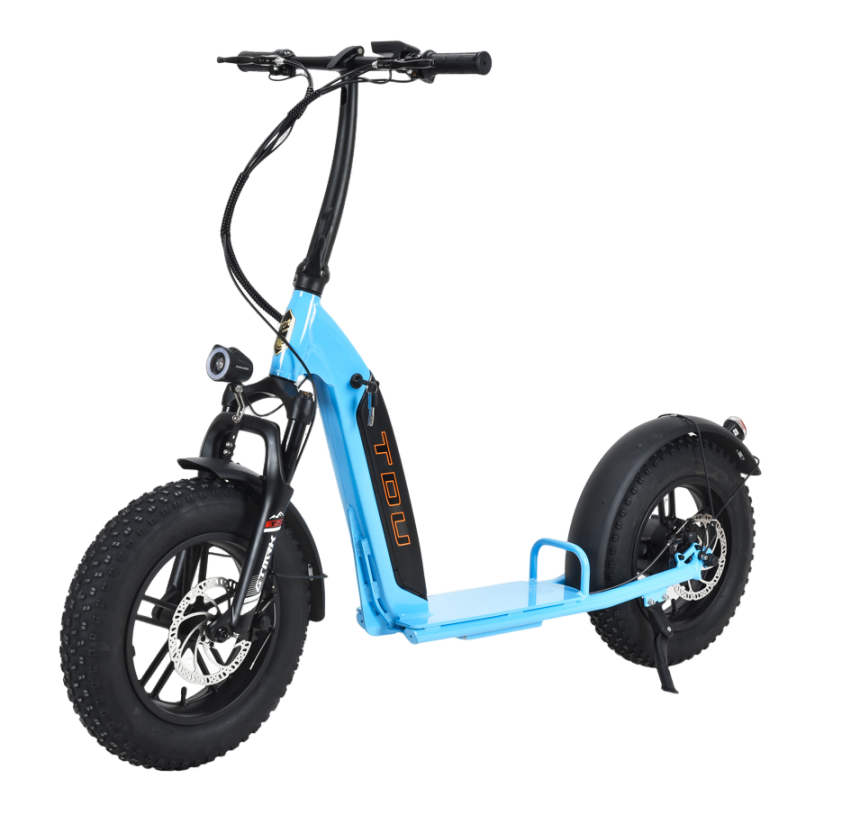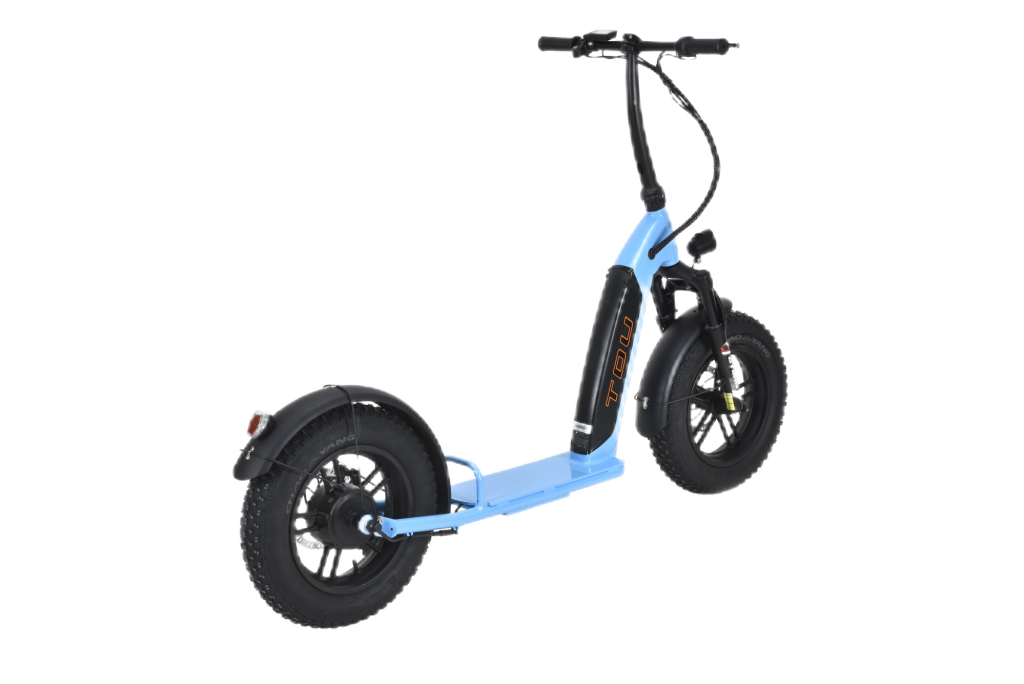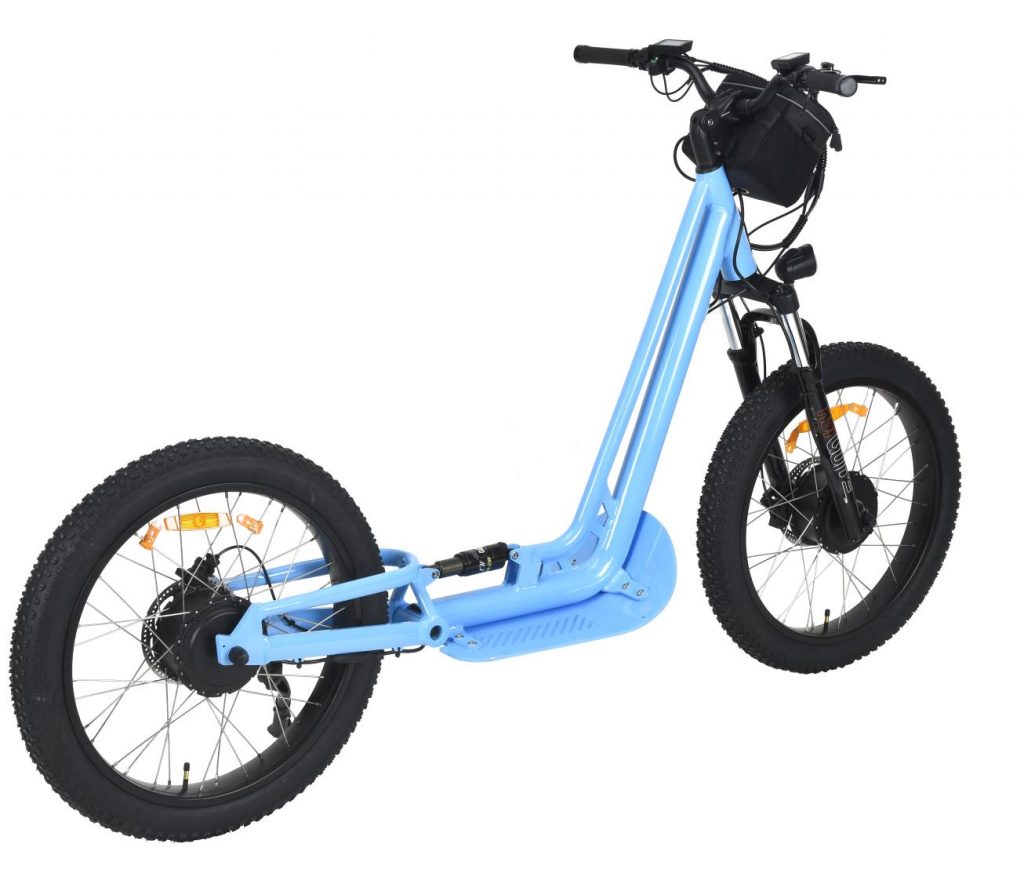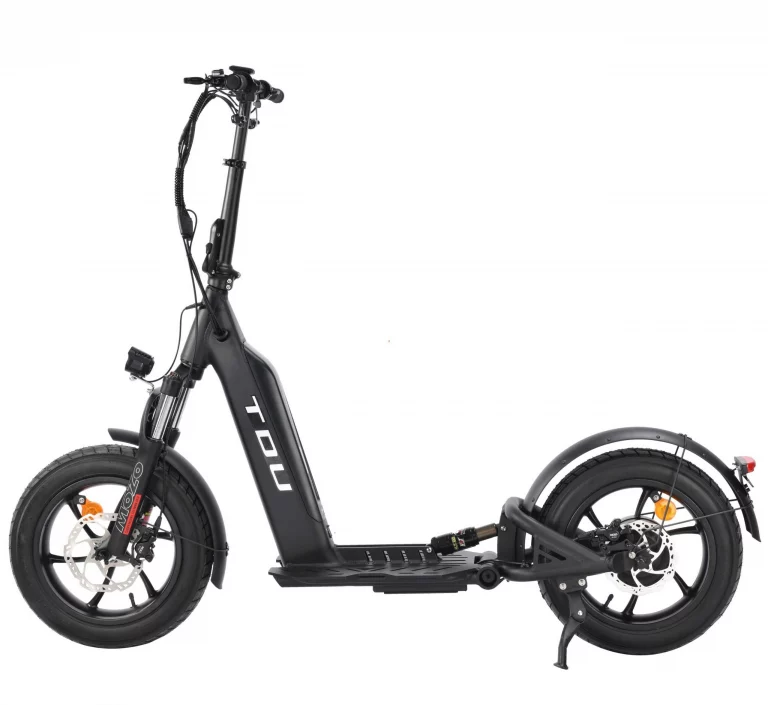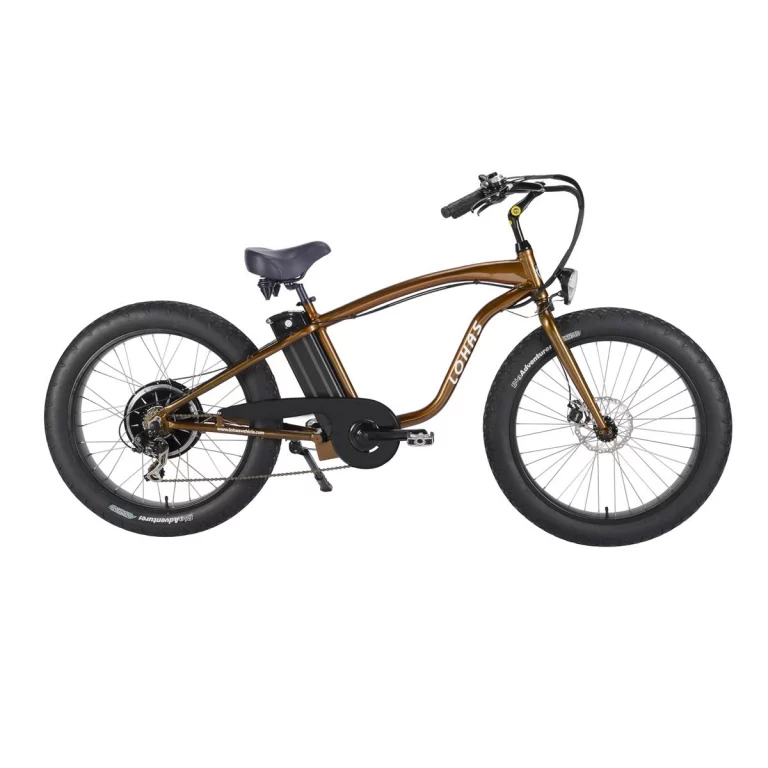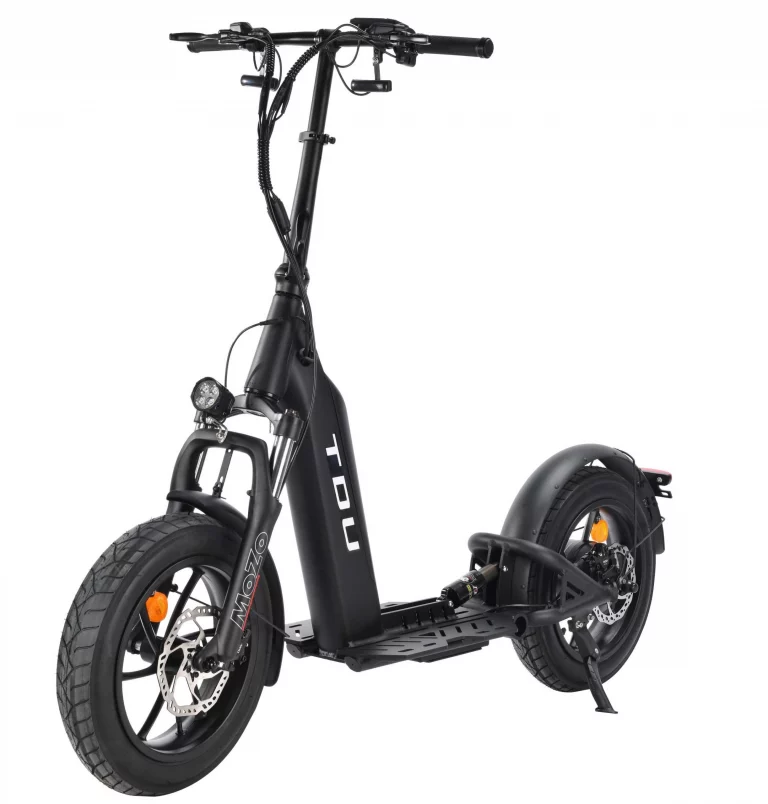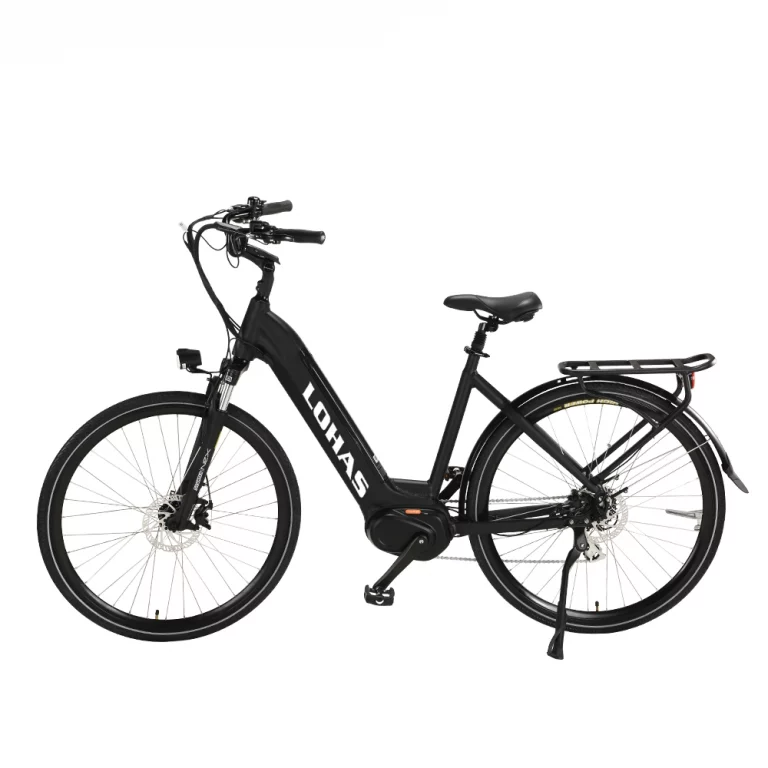Unveiling the Impact of Overnight Charging on Electric Scooter Batteries
Understanding How Batteries Work
To comprehend the impact of overnight charging on electric scooter batteries, it’s essential to understand how these batteries function. Lithium-ion batteries are commonly used in electric scooters due to their high energy density and long lifespan. During charging, lithium ions move from the positive electrode to the negative electrode, storing energy in the process.
The Basics of Lithium-Ion Batteries
Lithium-ion batteries are designed to operate optimally within a specific state of charge range. Research suggests that maintaining the battery level between 20-80% significantly contributes to its longevity. This range prevents strain on the battery caused by being consistently fully charged or drained.
What Happens During Charging?
When an electric scooter is plugged in for charging, an electrical current flows into the battery, causing lithium ions to move towards the negative electrode. Over time, continuous overcharging can lead to safety risks such as overheating and chemical imbalances within the battery.
The Truth About Overnight Charging
Myths vs. Facts
There is a common misconception that leaving electric scooters charging overnight significantly damages their batteries. However, modern chargers are equipped with automatic shut-off features that prevent overcharging, making overnight charging generally safe.
How Modern Chargers Prevent Overcharging
Modern chargers utilize advanced technology to regulate the charging process and prevent overcharging. They are designed to automatically stop supplying power once the battery reaches full capacity, mitigating potential safety hazards and preserving battery health.
The influence of overnight charging on electric scooter batteries is a topic of interest for many users seeking to maximize their scooter’s lifespan while ensuring convenient usage.
The Science Behind Electric Scooter Battery Health
The Effects of Overcharging on Battery Cells
Overcharging an electric scooter battery can have detrimental effects on its long-term health. One of the primary consequences is capacity loss and a subsequent decline in performance. When a battery is consistently overcharged, it leads to increased stress on the cells, causing them to lose their ability to hold a full charge. This results in reduced range and overall diminished performance of the electric scooter.
Another critical factor in battery degradation is the role of heat. Overcharging generates excess heat within the battery cells, accelerating their deterioration. High temperatures can cause chemical reactions that damage the internal structure of the battery, leading to a decrease in its capacity and lifespan.
Comparing Battery Longevity: Electric Scooter vs. fat tire electric scooter
When comparing the longevity of standard electric scooter batteries with those of fat tire electric scooters, it’s essential to consider their charging habits and usage guidelines.
Standard electric scooter batteries typically have a lifespan that is impacted by factors such as overcharging, deep discharges, and immediate charging after use. Optimal charging routines are crucial for maximizing their performance and health. It’s recommended to set a safety charge point at 30% capacity to avoid letting it drop below 20%, recharge after extensive use, avoid overcharging and deep discharges, and charge the battery to around 50% before storage.
On the other hand, fat tire electric scooters may have different requirements due to their unique design and usage patterns. Understanding the optimal charging routine for these scooters is essential for maintaining their performance, efficiency, and battery life. Gauging when to charge depends on usage and battery capacity, with specific emphasis on avoiding charging immediately after use to prevent negative impacts on longevity and capacity.
Charging energy requirements may also vary based on the type of electric scooter used. For instance, fat tire electric scooters may require higher voltage from the power source compared to standard electric scooters. Topping off the fat tire electric scooter after each use is highly encouraged to maintain a full battery and eliminate stress from fully draining.
Best Practices for Charging Your Electric Scooter
When it comes to charging your electric scooter, understanding the ideal timing and proper care practices is crucial for maximizing battery longevity and overall performance. By following best practices, you can ensure that your electric scooter’s battery remains in optimal condition, providing reliable and efficient usage.
When to Charge: Timing is Everything
The Ideal Charging Window
Determining the ideal time to charge your electric scooter plays a significant role in preserving the battery’s health. According to experts such as Gregory A. Keoleian and Michael G. Pecht, key drivers that influence degradation are the temperature, state of charge, and charge rate. It’s recommended to adhere to the 20–80 rule, avoiding draining the battery below 20% and not charging it beyond 80%. This practice helps mitigate stress on the battery cells, contributing to prolonged longevity.
Charging during moderate temperatures is also beneficial for the battery’s well-being. Griffith suggests that charging a little more slowly is probably good for batteries, indicating that slow charging generates minimal heat and stress, resulting in less wear and potential damage to the battery.
Signs Your Electric Scooter Needs Charging
Recognizing when your electric scooter requires charging is essential for maintaining its usability. Common indicators include a noticeable decrease in speed or power output, diminished responsiveness when accelerating or braking, or an illuminated low-battery indicator on the scooter’s display. Being attentive to these signs allows you to promptly recharge your electric scooter before its battery level becomes critically low.
Caring for Your Electric Scooter’s Battery
Storage Tips for Longevity
Proper storage of your electric scooter when not in use significantly impacts its battery life. To safeguard the battery during extended periods of non-use, it’s advisable to store it at around 50% capacity in a cool, dry environment. This prevents excessive discharge or strain on the cells while ensuring that it retains sufficient charge for future usage.
Recommended Chargers and Accessories
Investing in high-quality chargers and accessories tailored specifically for your electric scooter brand can further optimize its charging process. These chargers are designed with advanced features such as automatic shut-off mechanisms upon reaching full capacity, ensuring safe and efficient charging without risking overcharging or overheating.
By adhering to these best practices for charging your electric scooter, you can effectively maintain its battery health while prolonging its overall lifespan.
Extending the Life of Your Electric Scooter Battery
Now that you understand the significance of proper charging practices, it’s essential to delve into routine maintenance tips and strategies for maximizing your electric scooter’s battery life.
Routine Maintenance Tips
Regular Check-ups and Balancing
Regular maintenance check-ups are crucial for ensuring the optimal performance and longevity of your electric scooter’s battery. Periodically inspecting the battery cells, connectors, and overall wiring can help identify any potential issues or abnormalities. Additionally, balancing the battery cells by equalizing their charge levels is vital for preventing capacity discrepancies and maintaining consistent performance.
Updating Firmware and Software
Keeping your electric scooter’s firmware and software up to date is imperative for enhancing its energy efficiency and overall battery management. Manufacturers often release firmware updates that include optimizations for power consumption, regenerative braking, and battery charging algorithms. By staying current with these updates, you can maximize the effectiveness of your electric scooter’s battery system.
Making the Most of Your Electric Scooter’s Battery
Riding Habits That Maximize Battery Life
Adopting mindful riding habits plays a significant role in prolonging your electric scooter’s battery life. Smooth acceleration and gradual braking reduce unnecessary strain on the battery, promoting energy conservation and extending its operational duration. Additionally, avoiding steep inclines whenever possible minimizes excessive power draw from the battery, contributing to its long-term health.
Upgrading to a High-Quality Battery
Consider upgrading to a high-quality electric scooter battery if you seek an extended lifespan and enhanced performance. Advanced lithium-ion batteries with superior energy density and durability can significantly improve your electric scooter’s range and reliability. When selecting a new battery, prioritize those equipped with advanced safety features such as overcharge protection and thermal management systems to safeguard against potential risks.
By implementing these routine maintenance tips and optimizing your riding habits, you can effectively extend the life of your electric scooter’s battery while enhancing its overall performance.
Final Thoughts
The Balance Between Convenience and Care
As electric scooters continue to gain popularity as a convenient and eco-friendly mode of transportation, it’s crucial for riders to strike a balance between convenience and care when it comes to charging overnight and maintaining their battery health. Embracing best charging practices is essential for preserving the longevity of the electric scooter’s battery while ensuring reliable performance.
Proper charging cycles play a vital role in maintaining battery health. Frequent use of fast charging can affect the battery’s longevity over time, leading to reduced cycle life. Therefore, it is recommended that the use of fast charging should be reserved for situations when it’s truly needed, rather than relying on it as the primary charging method. This approach helps mitigate potential negative impacts on the battery’s performance and lifespan.
Charging after each ride is another key practice that maintains battery life. It ensures that the battery remains at an optimal state of charge, ready for subsequent usage without experiencing deep discharges or prolonged periods of low charge levels. Additionally, regular charging and avoiding overcharging are critical factors in sustaining the overall health and longevity of the electric scooter’s battery.
It is evident that relying too much on fast chargers can impact battery performance, emphasizing the need to prioritize regular charging routines over frequent fast-charging sessions. While fast chargers offer convenience for quick refueling, their extensive use can lead to adverse effects on the battery’s long-term performance.
In conclusion, embracing best charging practices involves understanding the balance between convenience and care for your electric scooter’s battery. By prioritizing proper charging cycles, avoiding overcharging, and reserving fast charging for necessary situations, riders can invest in the future of their electric scooters by ensuring sustained reliability and efficiency.
Yongkang LOHAS Vehicle Co., Ltd
Yongkang LOHAS Vehicle Co., Ltd is a modern integrated enterprise specializing in the design, manufacturing, and distribution of electric bicycles and electric scooters. The company has a dedicated R&D team of 20 professionals who contribute to e-bike design and innovation. They use the latest technology and smart designs to ensure that their products are of the highest quality.
Yongkang LOHAS Vehicle Co., Ltd also has a Quality Inspection team consisting of 15 meticulous individuals who thoroughly check every e-bike and e-scooter before shipment to ensure they meet strict quality standards. The company offers ODM/OEM design, customization, and assembly of electric bicycles, and has its own frame factory and battery factory. With a commitment to delivering unparalleled customer satisfaction, Yongkang LOHAS Vehicle Co., Ltd is a leader in the e-bike industry.

